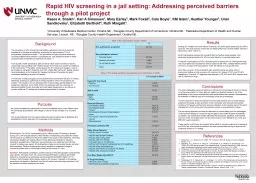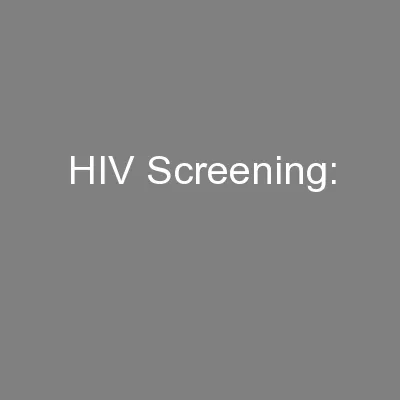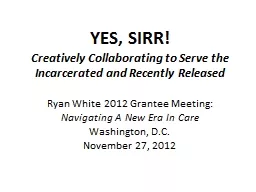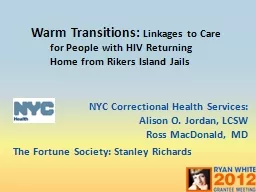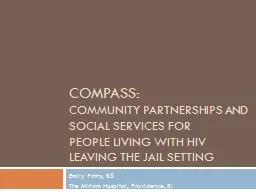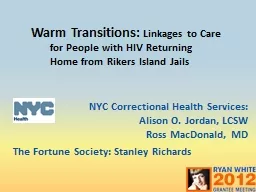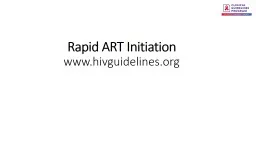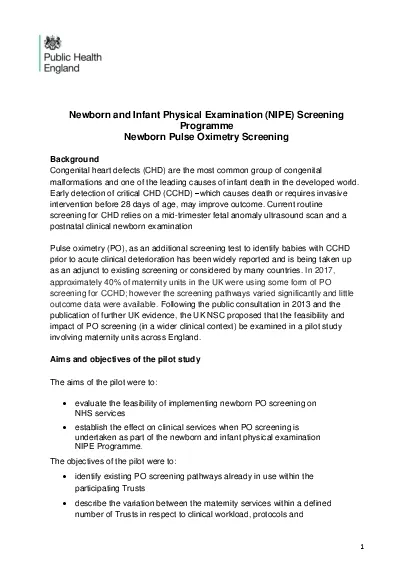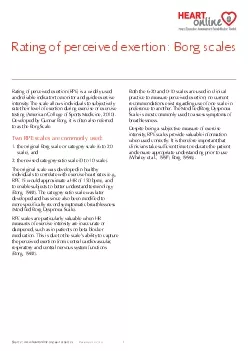PPT-Rapid HIV screening in a jail setting: Addressing perceived barriers through a pilot project
Author : blindnessinfluenced | Published Date : 2020-06-16
Raees A Shaikh 1 Kari A Simonsen 1 Mary Earley 2 Mark Foxall 2 Cole Boyle 1 KM Islam 1 Heather Younger 3 Uriel Sandkovsky 1 Elizabeth Berthold
Presentation Embed Code
Download Presentation
Download Presentation The PPT/PDF document "Rapid HIV screening in a jail setting: A..." is the property of its rightful owner. Permission is granted to download and print the materials on this website for personal, non-commercial use only, and to display it on your personal computer provided you do not modify the materials and that you retain all copyright notices contained in the materials. By downloading content from our website, you accept the terms of this agreement.
Rapid HIV screening in a jail setting: Addressing perceived barriers through a pilot project: Transcript
Download Rules Of Document
"Rapid HIV screening in a jail setting: Addressing perceived barriers through a pilot project"The content belongs to its owner. You may download and print it for personal use, without modification, and keep all copyright notices. By downloading, you agree to these terms.
Related Documents

